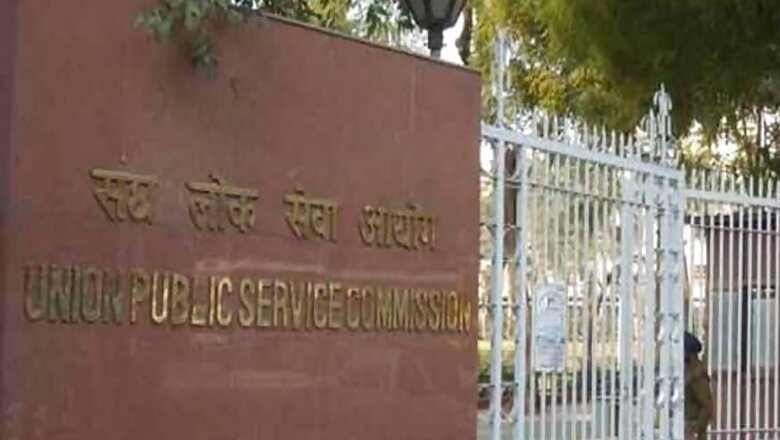
views
The Union Government of India has, for the first time, opened up identified Joint Secretary level positions in the government. They will be filled up through lateral entry.
Applications have been invited from those having expertise in specific areas. It is a welcome move. Lateral entry appointment is aimed at bringing in fresh ideas, new approaches to governance and also to augment manpower.
The specific areas include Revenue, Financial Services, Economic Affairs, Agriculture, Road Transport & Highways, Shipping, Environment & Forests, New & Renewable Energy, Civil Aviation and Commerce.
Apart from those working in State Governments/Union Territories Administration, Central/State PSUs/Autonomous Bodies etc set up or controlled by Central/State governments, individuals from private sector prganizations, International/Multinational Organizations etc., can apply for the advertised posts. The appointments would be made on contract basis.
The recommendation for lateral entry was made in the 10th Report of the Second Administrative Reforms Commission titled “Refurbishing of Personal Administration”.
The Second ARC was set up on 31 August 2005 and the Commission submitted its report in 15 parts during June 2006 to May 2009.
The Commission in its 10th Report recommended that a Central Civil Services Authority should be constituted. It recommended that this authority would deal with matters of assignment of domains to officers, preparing panels for posting of officers at the level of Joint Secretary and above, fixing tenures for senior posts, deciding on post which could be advertised for lateral entry and such other matters that may be referred to it by the government.
The Commission recommended that the Central Civil Services Authority shall be a five-member body consisting of the Chairperson and four members (including the member-secretary). The Authority should have a full time Member-Secretary of the rank of Secretary to Government of India.
The Chairperson and members of the Authority should be persons of eminence in public life and professionals with acknowledged contributions to society. The Chairperson and members of the Authority shall be appointed by the President on the recommendations of a Committee consisting of the Prime Minister and the Leader of the Opposition in the Lok Sabha. This Authority has been recommended to ensure that the best talent is selected in a fair and transparent manner.
The advertisement for appointments on lateral entry only mentions that the appointments will be made by the government.
There is a convincing argument for appointments in the government on lateral entry basis.
The globalised economy needs specialised skill and domain knowledge for policy making and administration. Lateral Entry has become imperative because of rapid growth of technology, globalisation of production, service delivery. The lowering of barriers to domestic investment has forced governments across the world to harmonise domestic regulation to global standards at a faster pace than before.
The government, therefore, has the responsibility to ensure that its administrative structures are better prepared to cope.
The lateral entry appointments in the government are not new. Domain experts in the past outside the Civil Services have been brought in to head various organisations and expert Committees like Sam Pitroda, Nandan Nilekani, Raghuram Rajan, Montek Singh Ahluwalia, Arvind Subramanian, Ram Vinay Shahi in various departments like Finance, Telecom, Power, etc. All of them brought in expertise and galvanised the departments they headed.
Lateral entry has been adopted by Australia, Belgium, New Zealand, United Kingdom and USA. The position based senior executive service (SES) in these countries is more open because appointments to identify senior positions are made from a wider pool comprising all Civil Servants who are qualified to apply as well as those applicants from the private sector with specialisation and domain knowledge. In these countries, the civil servants and specialists in the private sector compete for selected top positions. This system allows selection of top civil services posts from diverse sources. The lateral entrants bring their own work culture which enables renewal and adaptiveness in government organisations.
In USA, 10% of the SES positions are filled through lateral entry. In Australia, it ranges between 14% to 25%.
The quality of governance is one of the reasons of the success of countries in Europe and countries like USA, Australia and New Zealand.
India’s performance in economic and social development is also a reflection of its not so good performance in public services.
The administrative machinery of India has to be designed to be citizen centric.
The Second Administrative Reforms Commission (10th Report) has observed, “Often systematic rigidities, needless complexities and over-centralisation make public servants ineffective and helpless in achieving positive outcomes. On the other hand, negative power of abuse of authority through flagrant violation of law, petty tyranny and nuisance value is virtually unchecked.”
One of the big challenges of India today is to reform the public management systems. The problem is due to continuance of Weberian model of bureaucracy which we inherited from the British.
The Weberian bureaucracy constitutes a career with a system of promotion based on seniority, fixed remuneration for officials with a right of pension, organised as hierarchy and rigid rules. Such bureaucracies are unresponsive to needs of the people’s, as they are status-quoist. Today’s globalised world and information age demand institutions to be extremely flexible and adaptable in order to deliver and provide high quality services to citizens.
Countries like UK, Canada, USA, New Zealand, etc have moved from Max Weber's bureaucracy in late 19th century to New Public Management (NPM) proposed by David Osborne and Ted Gaebler in their book ‘Reinventing Government’ in the late 1980s.
Digital era governance has followed NPM, which focuses on reintegrating government responsibilities, needs-based approach, digitalisation (exploiting the transformational capabilities of modern IT and digital storage).
On a macro level, civil services needs a comprehensive reform with main objectives of making it citizen centric, focus on domain expertise, encouragement of lateral entry, promotion based on quantifiable achievements rather than subjective assessments and review of performance every 10 years of service.
Lateral entry should be seen a part of administrative reforms in India. It is hoped that it brings fresh air in Indian governance systems, new ideas, expertise and talent. But lateral entry would require robust selection process as recommended by 2nd Administrative reforms Commission.
(Ashish Joshi is a civil servant. Views are personal)











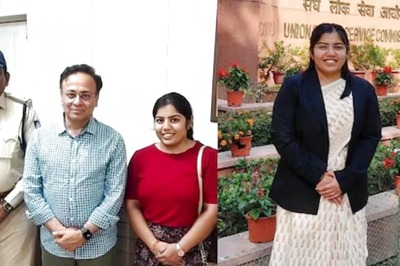





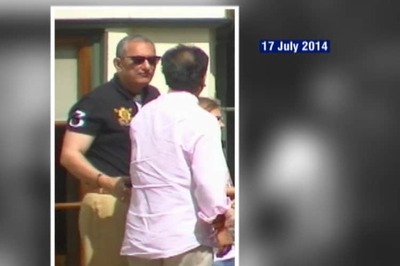
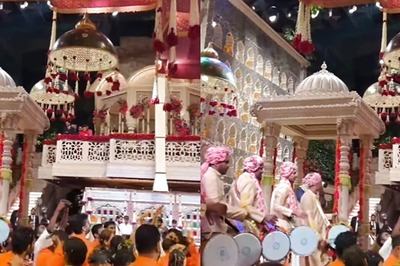
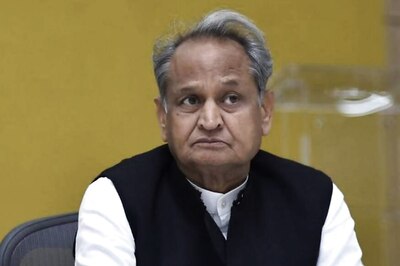
Comments
0 comment